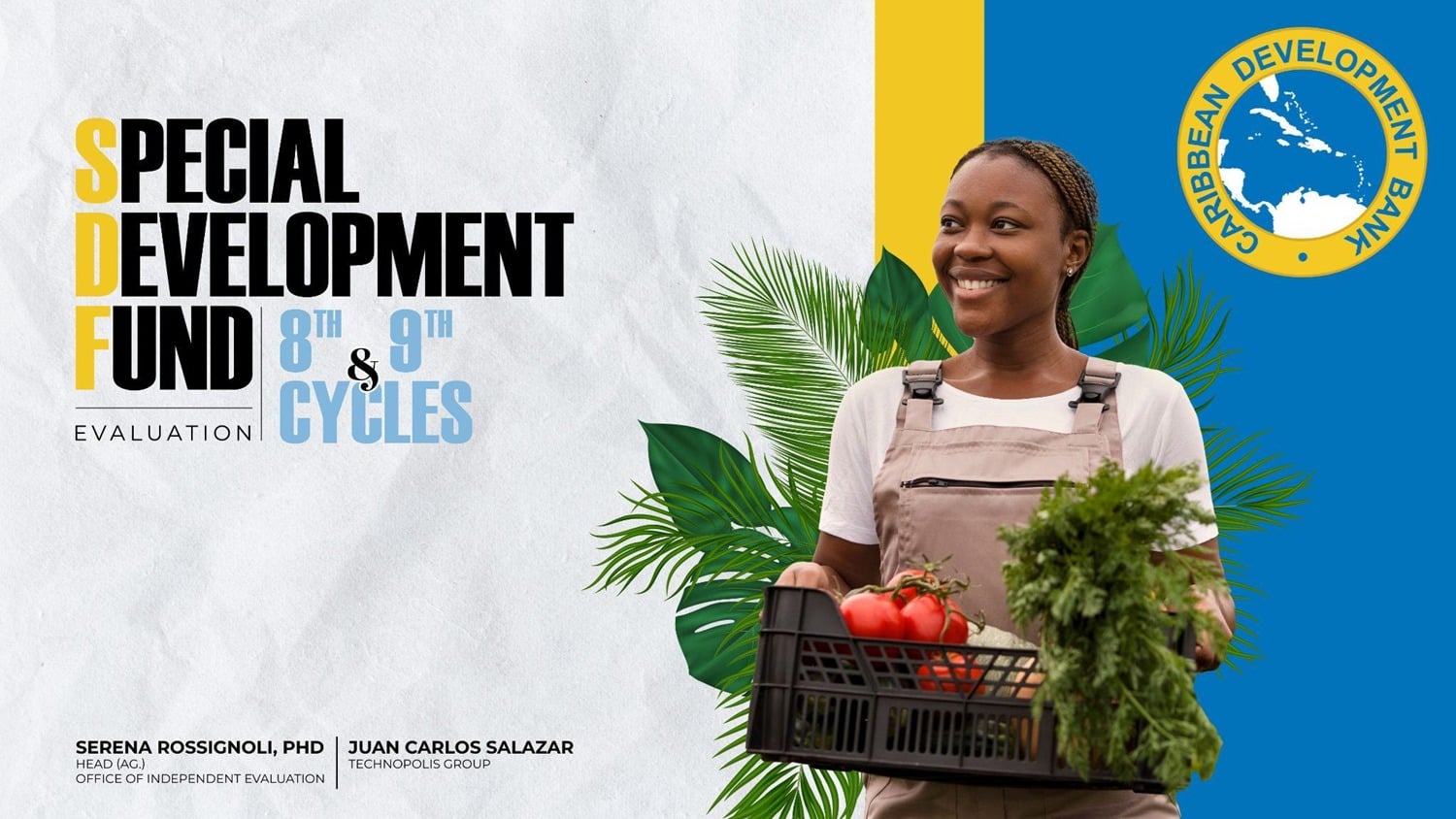The ongoing pandemic has shattered the relatively high levels of predictability and stability in Europe. Against this backdrop, Technopolis Group has delivered a foresight exercise to explore what life might look like in Europe in 2023.
The aim of this foresight exercise, commissioned by the European Commission, was to support policy makers to understand future opportunities and risks to the way we will live in 2023. For this purpose, in the summer of 2020, hundreds of experts working in different fields across Europe were asked to assess and comment on the significance and prospect of different statements about the future. This helped to create not a prediction or alternate realities but plausible situations that policy makers would need to consider so that their actions drive us to a desired future.
Technopolis Group created five different plausible scenarios, taking into account technological and medical developments as well as the socio-economic impact of the pandemic. The different perspectives ranged from an optimistic much greener and fairer future to a rather grim outlook with fractures along social fault lines and civil unrest. In a lively meeting of over 100 policy researchers at Technopolis Group in March 2021, the question was posed which of the five scenarios is most likely to play out by 2023? Interestingly, the middle-ground scenario that described settling into a ‘new normal’ received the most votes.
In this timidly optimistic scenario, the extraordinary novelties of the pandemic will have become a new normal by 2023. COVID-19 will still be around as a seasonal disease with sporadic outbreaks. Physical distancing and regional lockdowns will be enforced whenever necessary. And the crisis will have increased social inequalities and left a scar in the fabric of social cohesion. On the upside, partially effective vaccines and successful immunisation campaigns will largely stop community transmission and authorities will learn lessons from crisis management and will be better prepared to respond to future risks.
Settling into the “new normal”
Increased preparedness includes the necessary infrastructure to detect and respond to outbreaks as early as possible, either locally or across borders. This will be accompanied by a pan-European emergency response plan which will allow the EU common market to open up again. The importance of a robust public health sector will have become widely accepted, and the role of science in decision-making recognised.
In this scenario, however, general unemployment will still be higher than pre-pandemic, albeit slowly improving. The sectors which have been among the hardest hit – culture, travel and hospitality – will likely to have bounced back to some extent by 2023. Even if the pandemic might have impacted our behaviour temporarily, it is unlikely that a large part of the population will renounce what was inherent to their quality of life.
The digital industry will be among the “winners” of the pandemic and is likely to continue growing. Public authorities will invest into providing digital access for more people than ever before – be it to access educational programmes online or healthcare from remote areas.
Minding the individual, not just the big numbers
But the pandemic is not only impacting economic sectors but also individuals. Big numbers on how many jobs will be lost or created and how much the GDP will shrink or grow tend to hide the human side of the story behind the statistics. The crisis is already magnifying structural inequalities in our societies and having an impact on mental health of communities.
The potential of COVID-19 to cause rift is already evident. During the first year of the pandemic, incidents of domestic violence have increased, women have suffered financially more than men, and ethnic minorities have seen higher infection rates than the general population. Safer remote working has been easier to access for highly educated people in the service industry than people in manual professions.
The increased inequality will also have a delayed and potentially long-lasting effect on mental health. While many people learned to cope with periodic lockdowns and restricted social lives, those who have been badly hit economically and are already vulnerable are those who are more likely to suffer from diminished mental health in the future. This includes people whose industries have been shattered despite EU recovery programmes and will need to be retrained to find a new job, affecting disproportionately the old and young people.
Reweaving the fabric of our societies
The five scenarios put forward in the foresight exercise are meant to reveal interdependencies and sensitivities and are not predictions. It is hence likely that none of these perspectives has quite captured the reality of our world in 2023. But there is one aspect that the experts overwhelmingly expressed and is part of several scenarios: it is that the societal rifts will foster widespread disaffection.
To reweave the fabric of our society, governments will need to invest in areas where little to no profits can be made, even when those are not highly innovative products in sustainable industry sectors. Investments in public (mental) health services, care and social enterprises have the potential to increase trust in public authorities, strengthen civic support and increase engagement and cohesiveness – across nations, regions and generations.




